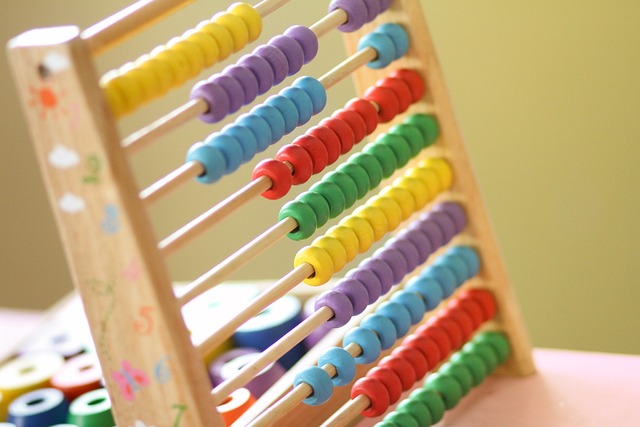
Mathematics is a necessary skill that preschoolers start learning at an early age. Math need not be boring for preschoolers; it can also be fun! Experiment with the following 10 enjoyable math activities to engage little learners and help them build their basic math skills with great fun. Engaging in fun math activities for preschoolers helps them build confidence and a strong foundation in numbers.
- Counting with Nature
Take your little ones out for a nature-inspired counting lesson. Instruct them to pick leaves, rocks, or flowers and count how many of each they have. This is a hands-on way for kids to understand numbers.
Once they’ve gathered their treasures, have them sort and categorize their findings based on type, size, or color. Then, guide them through counting each collection, helping them to relate the physical objects to numerical values. For example, they might discover that they collected 12 leaves, 8 rocks, and 5 flowers. This hands-on, interactive approach not only makes learning numbers enjoyable but also fosters a connection with nature, enhancing their observation and fine motor skills as they explore the world around them.

- Shape Hunt
Go on a shape walk around the classroom or house. Get children to find and name items that are of different shapes (e.g., circles, squares, triangles). This reinforces shape recognition and spatial awareness.
- Number Hopscotch
Draw a hopscotch court with numbers on it and get children to jump to the correct number when you call them out. This is an excellent way to get the children active and learning number recognition at the same time, so it is both enjoyable and educational.
To play, announce a number on the court and have the kids jump up to that specific square. You may add a more challenging element to the game by having them hop on one foot for single squares or on two feet for double squares. The activity is a fun exercise as the children move their bodies, but in the process, it also enhances the recognition of numbers. It’s a wonderful method of combining movement and learning, ensuring the experience is enjoyable and educational.
- Sorting by Sizes and Colors
Provide children with a mix of colored objects (e.g., buttons or blocks) and ask them to sort by color, shape, or size. Sorting activities develop early classification and problem-solving skills.
- Do-It-Yourself Number Puzzle
Create a simple number puzzle by putting numbers on one side of a popsicle stick and corresponding amounts on the other. Children can match numbers to the correct amount, reinforcing number sense.
- Measuring with Everyday Objects
Introduce the idea of measurement with common objects like spoons, pencils, or cups to efficiently compare lengths and sizes. Involve children in hands-on exploration by asking them to gather these objects and use them to measure objects around them. Ask questions such as, “Which is longer, a pencil or a spoon?” or “How many pencils long is the book?” These promote comparative thinking and allow children to visualize measurements in terms of something they can relate to. Also, consider using a measuring tape for more advanced comparisons and having them record their findings in a simple chart, further cementing their understanding of measurement concepts.
- Count and Clap
Make counting a rhythmic activity! Call out a number and have children clap that number of times. This activity develops one-to-one correspondence and makes learning fun and engaging.
- Ice Cream Scoop Addition
Create paper ice cream cones and colorful scoops by cutting them out of cardstock or construction paper. Label each cone 1 through 10 and ensure that the numbers are prominent. Then have the children place the correct number of scoops on each cone, matching the number written. If the cone is marked “3,” for example, they should place three scoops. This interactive addition practice activity not only reinforces math skills but also makes learning fun and exciting—making math a delicious treat!
- Rolling Dice Fun
Roll two dice and have kids count the dots. For older preschoolers, have them add the numbers. This will introduce number patterns and simple addition.
- Bead Pattern Play
Create patterns with colored beads (e.g., red-blue-red-blue). Ask children to continue the pattern or create their own. Pattern recognition is a fundamental math concept that lays the groundwork for algebraic thinking.
Final Thoughts
Math for preschoolers, however, needs to be all about interactive, playful learning. These games render math more enjoyable and manageable while maintaining children’s interest. Try some of these games in your daily routine and watch your child’s math skills flourish!

